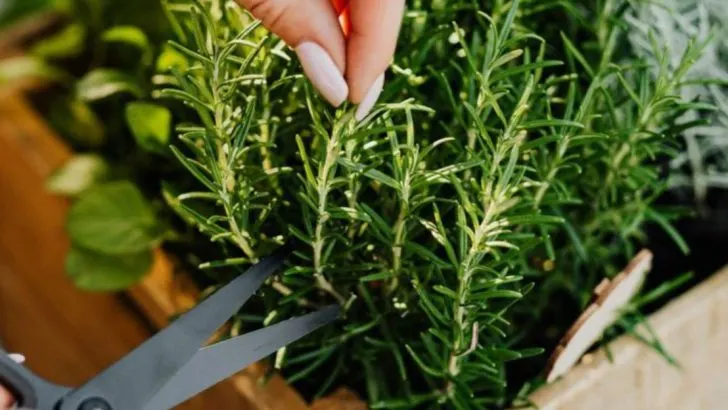The secret to truly flavor-packed herbs isn’t just in how you harvest them—it’s in how you grow and stress them. With a few clever techniques, you can actually encourage your herbs to produce more essential oils, making their flavors bolder and their aromas richer.
From strategic pruning to controlling watering and soil fertility, small changes in how you care for your herbs can signal the plants to concentrate their energy into oil production—their natural defense and survival mechanism. The result? More intense basil, lavender, thyme, and beyond.
In this guide, you’ll learn the simple, science-backed methods to maximize oil content naturally, so every leaf you pick is bursting with taste and scent. Your kitchen—and your garden—will thank you.
Pinching and Pruning
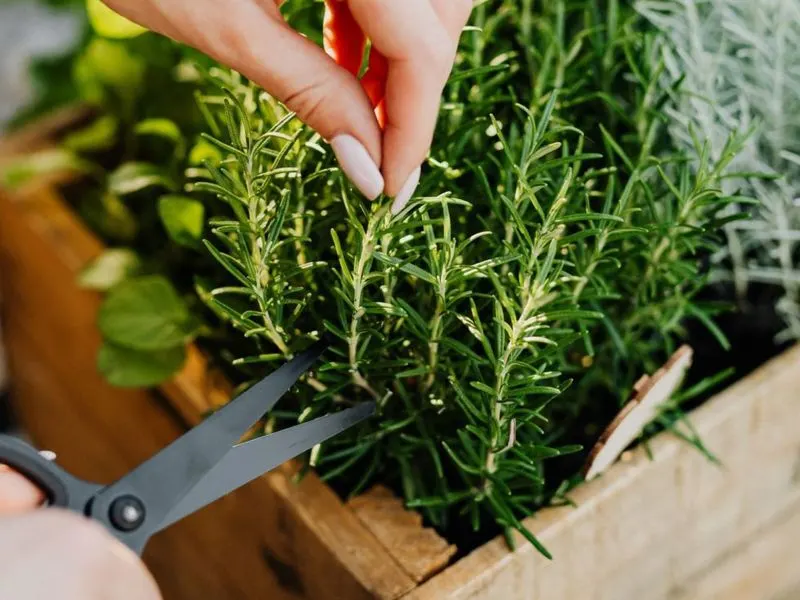
Think of pinching as a gentle nudge for your herbs to produce more. By regularly trimming the top leaves, you encourage bushier growth, which means more leaves to harvest. Pruning is not just about aesthetics; it’s a smart strategy to boost vitality and oil production.
When you remove the tips, energy is redirected to growth below, stimulating the plant to become fuller. This practice is particularly effective with herbs like basil and mint, known for their vigorous response.
Want more from your herbs? A little snip here and there can work wonders.
Water Stress Technique
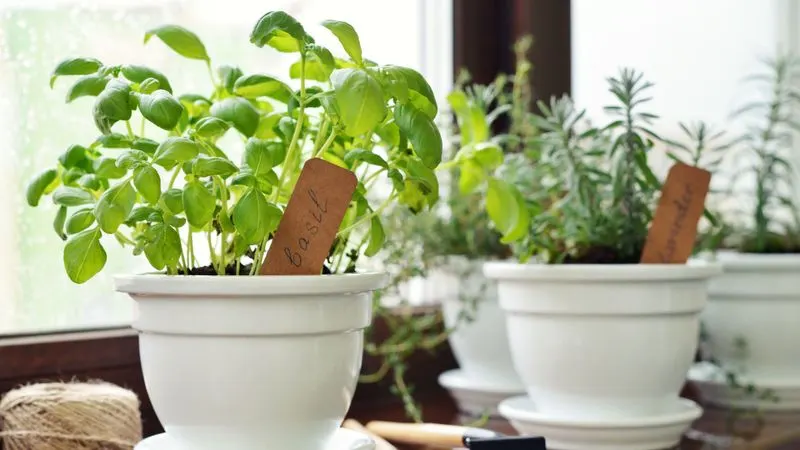
Imagine a gentle drought that coaxes herbs to work harder, enhancing their oil concentration. The water stress technique involves carefully reducing water just before harvest. This mild stress prompts herbs to produce more oils as a survival mechanism.
For robust herbs like rosemary and lavender, this method can significantly improve their aromatic profile. Timing is critical; too much stress can harm the plant, while too little may not yield desired results.
Mastering this balance can turn your garden into a fragrant paradise, filled with potent, oil-rich plants.
Companion Planting
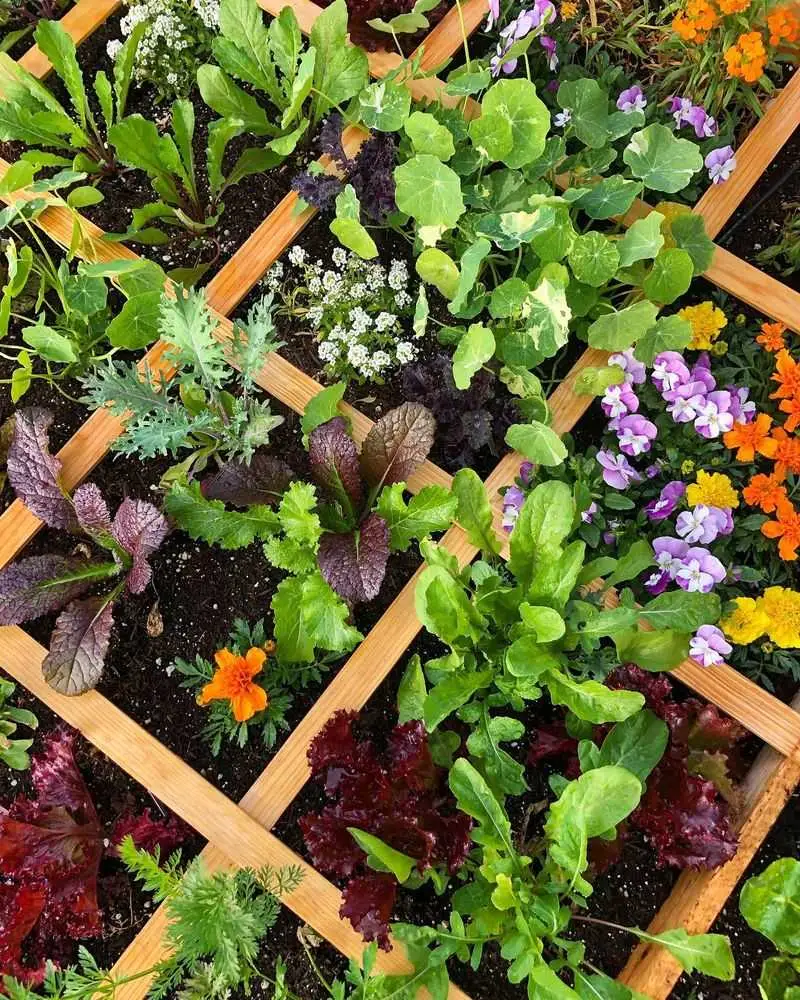
In the world of gardening, some plants are better together. Companion planting pairs herbs with compatible plants to improve growth and oil production. For instance, planting basil alongside tomatoes can enhance flavors and deter pests.
Certain plant combinations create a symbiotic environment, boosting essential oil synthesis. This technique taps into nature’s interconnectedness, using the strengths of one plant to benefit another.
By choosing the right companions, you create a thriving ecosystem, where herbs grow more flavorful and aromatic.
Optimal Harvest Timing
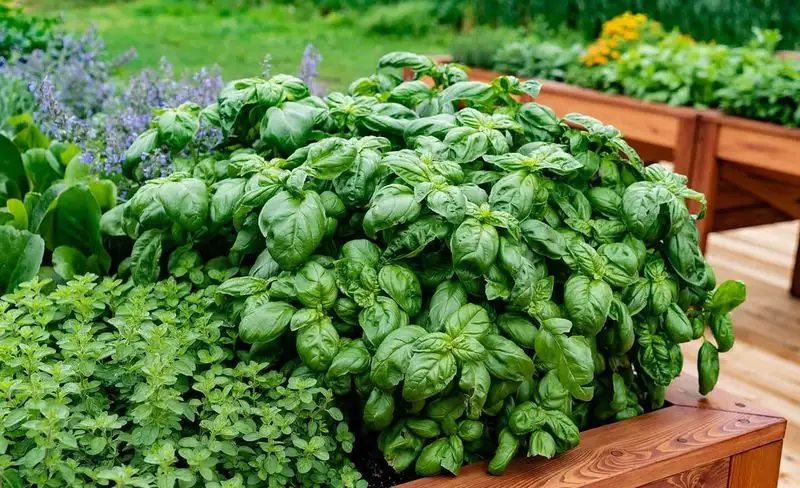
Timing can be everything. Harvesting herbs at the peak of their growth cycle can dramatically increase oil content. Early morning, just after the dew has dried, is often the best time. This is when essential oils are most concentrated.
For herbs like mint and dill, catching them at this moment ensures maximum flavor and aroma. Being attuned to your garden’s rhythms helps in identifying the perfect time.
By aligning harvesting with nature’s clock, you capture the essence of your herbs, making your culinary creations truly remarkable.
Soil Nutrient Management
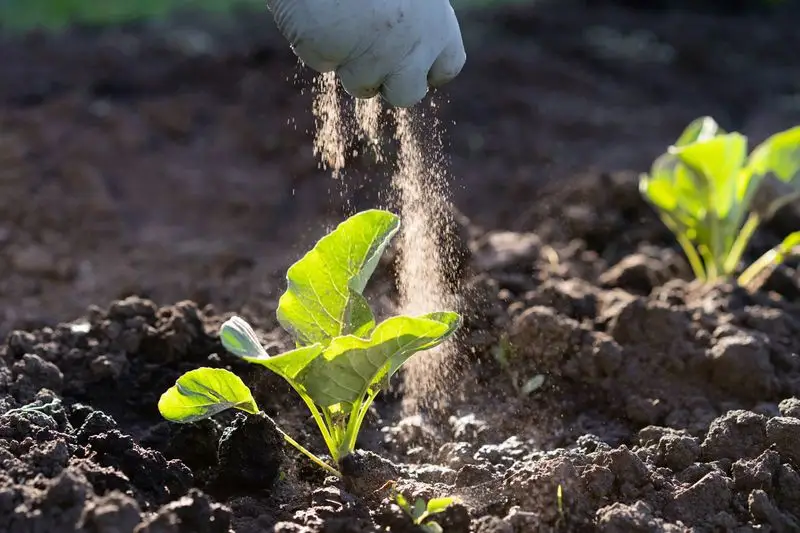
Healthy soil is the foundation of potent herbs. By managing soil nutrients, you ensure that your plants have what they need to produce more oils. Adding compost or organic fertilizers can enrich the soil, promoting robust growth.
Different herbs have unique nutrient needs, and understanding these can help tailor your soil amendments. For example, Mediterranean herbs like thyme thrive in well-drained, slightly alkaline soils.
Investing in your soil is investing in the quality and yield of your herbs, making your garden a source of pride and pleasure.

